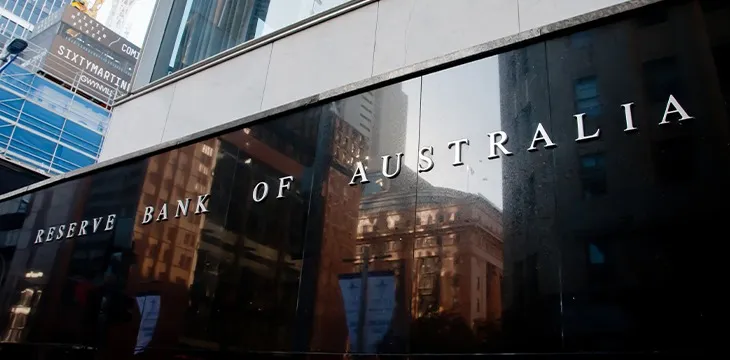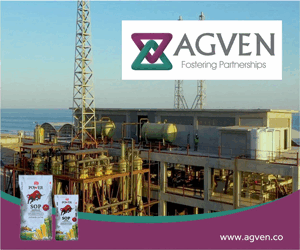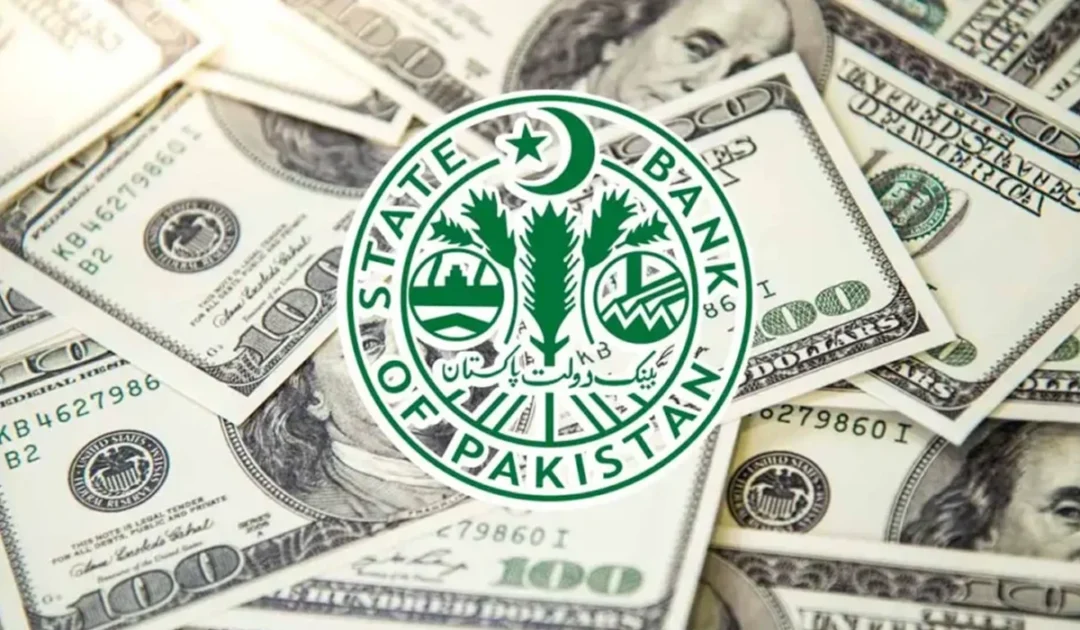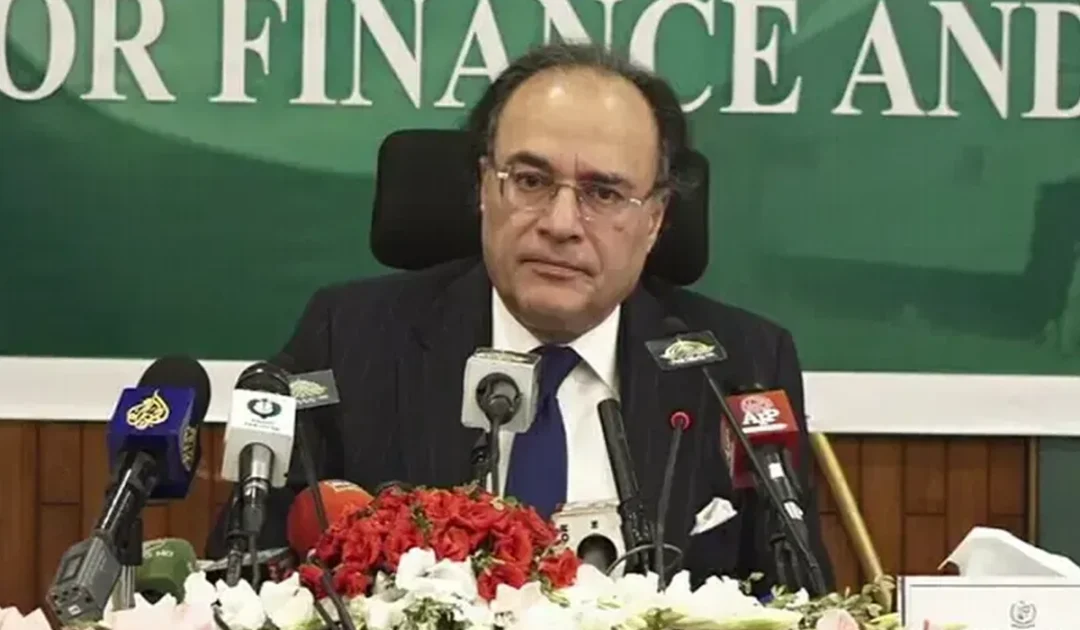- Reuters
- 5 Hours ago

Australia’s central bank cuts rates, open to more easing as global risks mount
-
- Web Desk Karachi
- May 20, 2025

SYDNEY, May 20 (Reuters): Australia’s central bank on Tuesday cut interest rates to a two-year low as cooling inflation at home offered scope to counter rising global trade risks, and left the door open to further easing in the months ahead.
Wrapping up a two-day policy meeting, the Reserve Bank of Australia cut the cash rate by 25 basis points to 3.85 percent, saying that upside risks to inflation had diminished as the international developments are set to weigh on the economy.
The central bank considered a severe downside scenario for global trade and noted that policy was well placed to respond decisively to such risks.
RBA Governor Michele Bullock said at a post-meeting press conference the board weighed holding rates steady and cutting, and also discussed whether it should cut by 50 bps.
In contrast to her hawkish tone after the cut in February, Bullock said the situation has changed, noting US President Donald Trump’s April 2 tariff announcement on global imports and the still very uncertain outlook.
“Does it mean we’re headed into a long series of interest rate cuts? I don’t know at this point and that’s why I think the cautious 25-basis-point cut with a recognition that if we need to move quickly, we can. We have got space.”
Markets had been fully priced for an easing but the Australian dollar fell 0.5 percent to $0.6425 and three year bond futures rallied 15 ticks as investors took the dovish comments from Bullock as a greenlight for further cuts.
Australia’s RBA poised to cut interest rates for first time in four years
Swaps now imply a 60% probability for another cut in July, while a cut in August has been more than fully priced in. Rates are seen more likely to bottom at 3.1 percent rather than 3.35%.
Since the RBA last met in April, the global landscape has changed drastically.
Trump’s global trade war has roiled financial markets and upended business plans. Trump has imposed 10 percent blanket import duties on the rest of the world, and after a tariff showdown with China that threatened a global recession, both agreed to slash sky-high duties on each other’s goods for 90 days.
Australia is a major exporter of resources to China and tariffs on the world’s second-biggest economy could hinder growth there and its demand for commodities such as iron ore.
SOFT LANDING
At home, the flow of data has been mixed, with the anticipated rebound in consumer spending disappointingly soft. The labour market, however, remained surprisingly strong, with the jobless rate staying low at 4.1 percent where it has roughly been for over a year now.
Headline consumer price inflation held at 2.4 percent in the first quarter and a key trimmed mean measure of core inflation slowed to 2.9 percent, taking it back into the RBA’s target band of 2-3 percent for the first time since late 2021.
“We have managed to get inflation down at the same time as keeping the employment market on a relatively good footing, so I think so far so good,” said Bullock.
In its quarterly Statement on Monetary Policy, released on Tuesday, the RBA also said inflation would be lower and unemployment higher due to the cascading effects of global trade tensions, and that was even assuming interest rates were cut as deeply as markets expected.
It warned that the drag from Trump’s tariffs would lower global growth and prove disinflationary in net terms for Australia.
“Optimism on inflation was offset to some extent by uncertainty around the tariffs and the still strong jobs market, but projections on prices and rates allude to a roadmap towards less restrictive policy,” said Dwyfor Evans, head of APAC Macro Strategy at State Street Markets.
“Some talk of a ‘hawkish cut’ before the decision, but global uncertainty aside, this was a clearer directional message from the RBA than we have seen for some time.”






